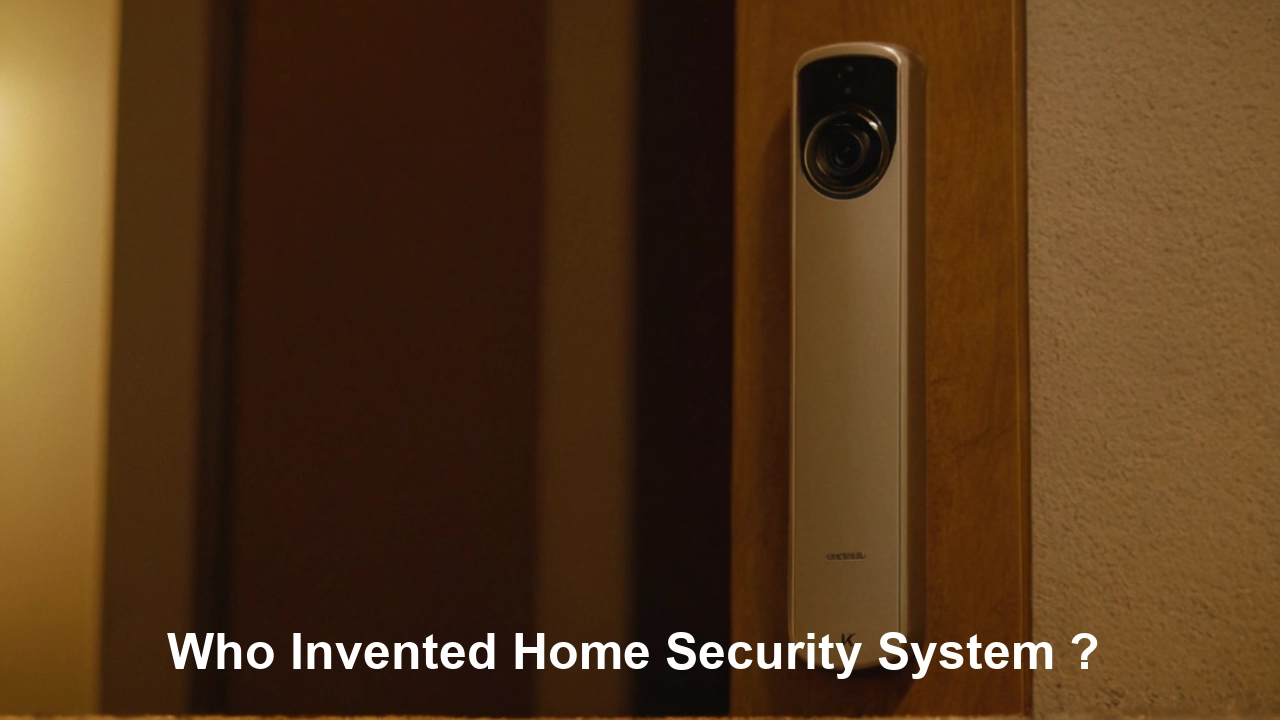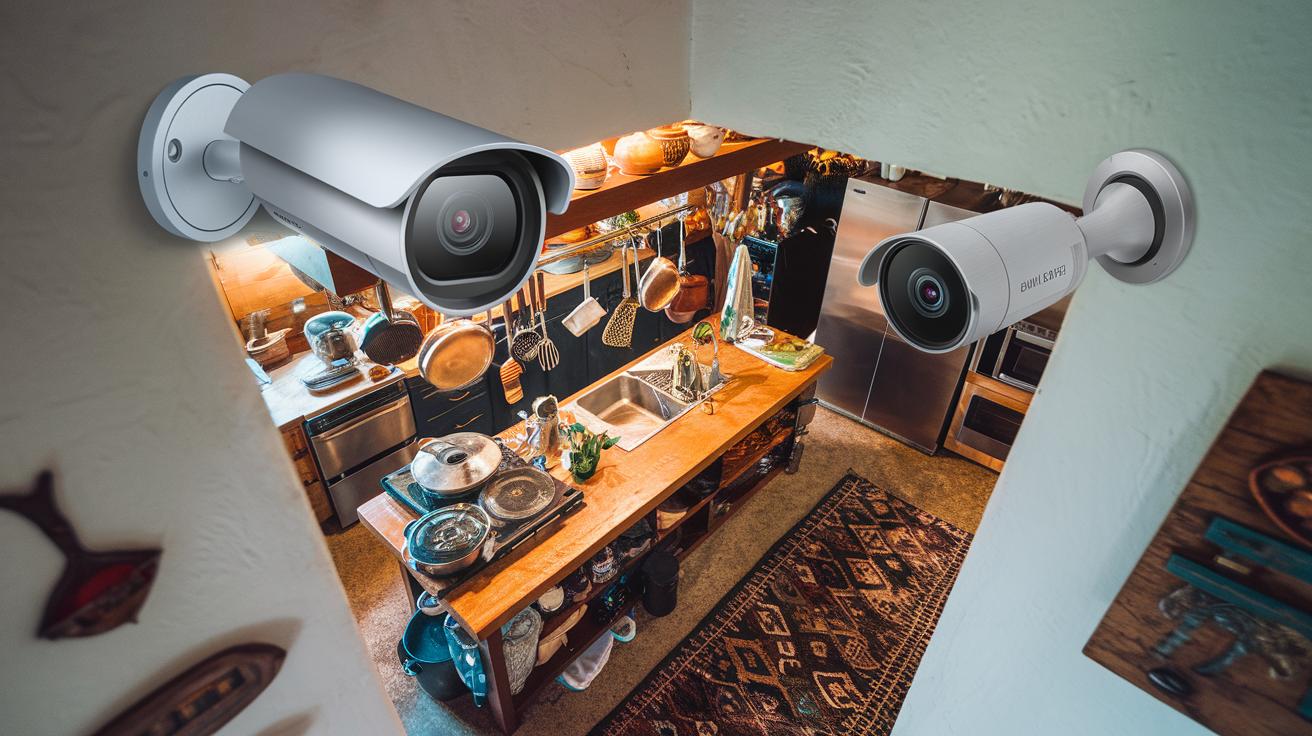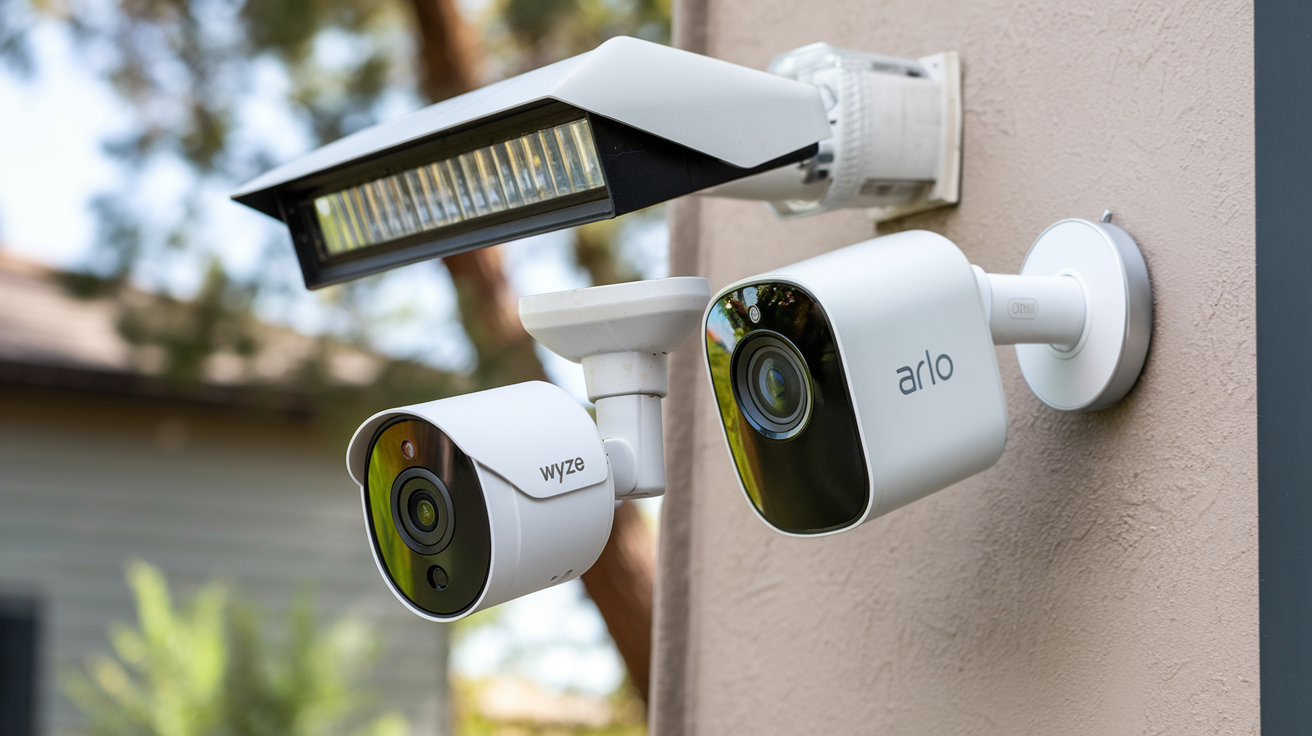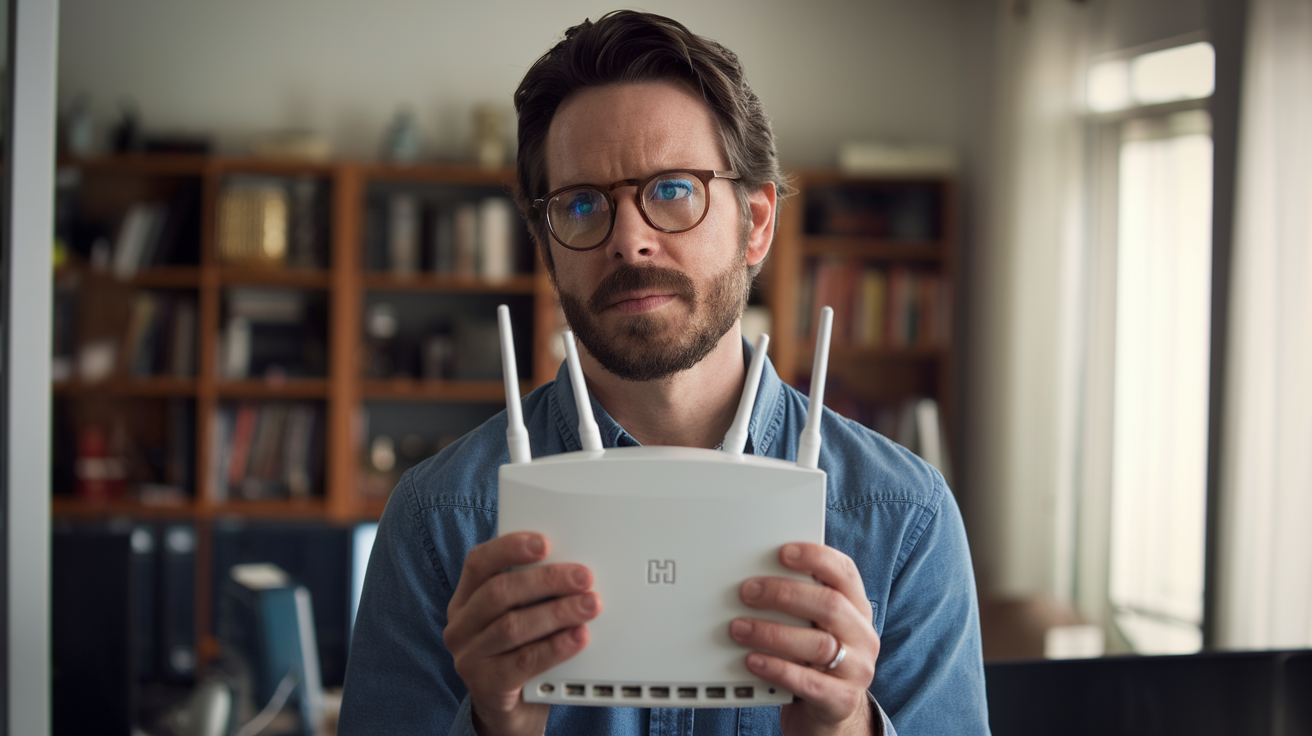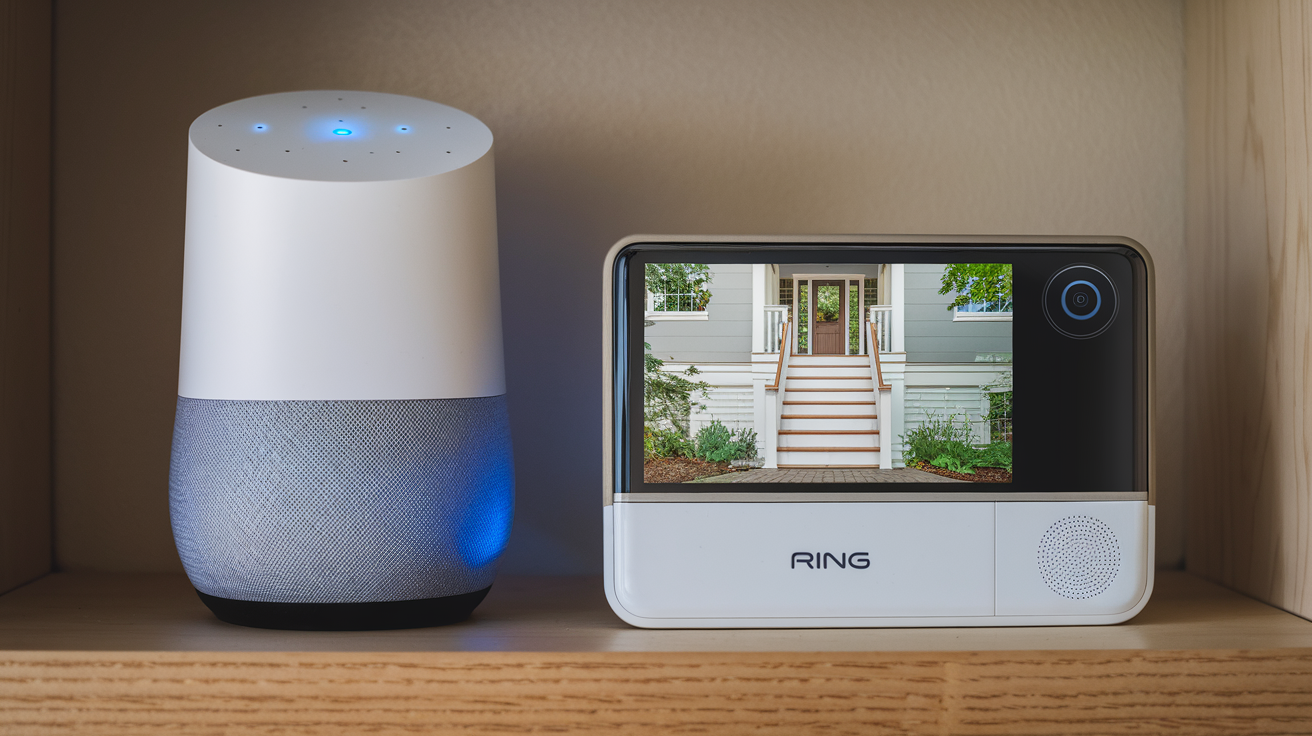The Emergence of Home Security Systems Security systems have become common in homes in the present day with many families and companies having them as a means of preventing burglary and theft. What do you think you know about the origin and history of home security systems? In a bid to educate our readers on the history of home security systems over the decades, continue reading.
It can be said that the first home security systems. Another important figure in this innovation was Edward A Calahan who was among the first to develop home security systems. Calahan who worked as the superintendent of the American District Telegraph Company in Boston was the one who pioneered the alarm system using the telegraph to guard commerce buildings in the 1860s. The system worked through the wiring of some conductors across the protected premises and these conductors would produce a signal if cut or interfered with. This was one of the first times that technology was used to protect property, as we consider the concept today.
Following this he moved to the 1870s and began the Holmes Electric Protective Company which provided the first-ever alarms for home invasion in the US. These systems had a bell that was powered by batteries and when any of the installed alarm wires were activated it rang a loud bell. This would inform neighbors that there was an intrusion in progress and this may act as a form of security. Now it may not seem like much, but at the time it was a revolutionary solution in their simple, crude way of thinking.
Electric Home Security Systems Coming Into Existence Technological development of home security occurred at the beginning of the twentieth century to embrace electric security gadgets. , Walter Schield and Clifford Dice patented an ultrasonic motion detection system in 1966 that consisted of the ability to detect movements in a room through high-frequency sounds. This was a big improvement over earlier wire-based systems of conducting business.
During the same period, Swedish inventor Gustav Rosander came up with a more enhanced alarm system with electric contacts on doors and windows. Any protected entry point in the door meant that if opened, it would complete a circuit and the bell or siren would ring. This work resulted in a closed-circuit security system patented in 1912 that laid the foundation for modern closed-circuit security systems.
ADT which stands for American District Telegraph is among the pioneer home security systems that embraced electric security systems. It was founded by Edwin Holmes and was known as the Holmes Electric Protective Company was purchased by AT&T in 1953 and was then known as ADT. They started offering both of the aforementioned technologies including microwave motion detectors and electric contacts as options to be included in the home security services they offered to their clients.
This is a brief guide to the development of contemporary home security systems. ADT owned the home security market and was the market leader until the early 1970s when other technology companies entered the market. This led to the emergence of easy-to-install security systems like those offered by BRK Brands and X10 for homeowners who wanted to install their security systems. The consumers then began demanding more complicated systems with added features such as remote SMS notifications, multiple cameras with DVR, and monitoring by main agencies.
In the 1980s and the 1990s, home automation was developed that could manage security centrally together with other features regarding lighting and climate control. This is Honeywell which offered its Vista system series for this market. At the same time, technologies in the digital sphere also allowed for such sophisticated options as two-way voice communication between the panel and monitoring centers.
When the prices of security hardware gear plummeted with improving electronics, do-it-yourself systems of self-monitoring were highly sought. SimpliSafe, Frontpoint, and Protect America had complex equipment accompanied by a variety of monitoring plans that were presented at a relatively low subscription price. This changed the home security industry in a big way and we will be discussing how this happened in the next section.
The 21st Century and Beyond technological advancement has retired the home security landscape over the last twenty years. Whereas traditional DIY security systems are often limited to basic packages, modern cable and telecoms such as ADT, Comcast, and Vivint have developed sophisticated DIY kits with around-the-clock professional monitoring. From mobile applications to the ability to manage locks and unlock doors without a key, to cloud-based storage of videos from surveillance cameras, to integration with home automation systems, they are no longer novelties.
With the growth of the Internet of Things, it is now possible to have security systems such as Deep Sentinel, Cujo AI, and Canary that can alert the owner of the house, identify the thief, assess the level of danger, and determine the behavior of the residents over time. Predictive analytics takes this intelligence even further. Amazon Alexa and Google Home are some of the smart home hubs that control connected security systems as well.
In the future, home security systems will be more complicated with predictive monitoring via big data, DNA biometric locks, sophisticated perimeter protection such as electric fencing as well as drone surveillance. These technologies, although still relatively obscure, are still an important reminder of how far we have come from the telegraph systems employed in the 1800s. As has been the case in the past and will continue to be in the future, home security will always be an expanding field to complement advanced technologies.
Protect your home today with ADT’s top-rated security solutions!
Call now at +1 877-470-7879 to get a free consultation and find out how you can secure your home with the best in the business. Don’t wait—ensure your peace of mind with ADT!
